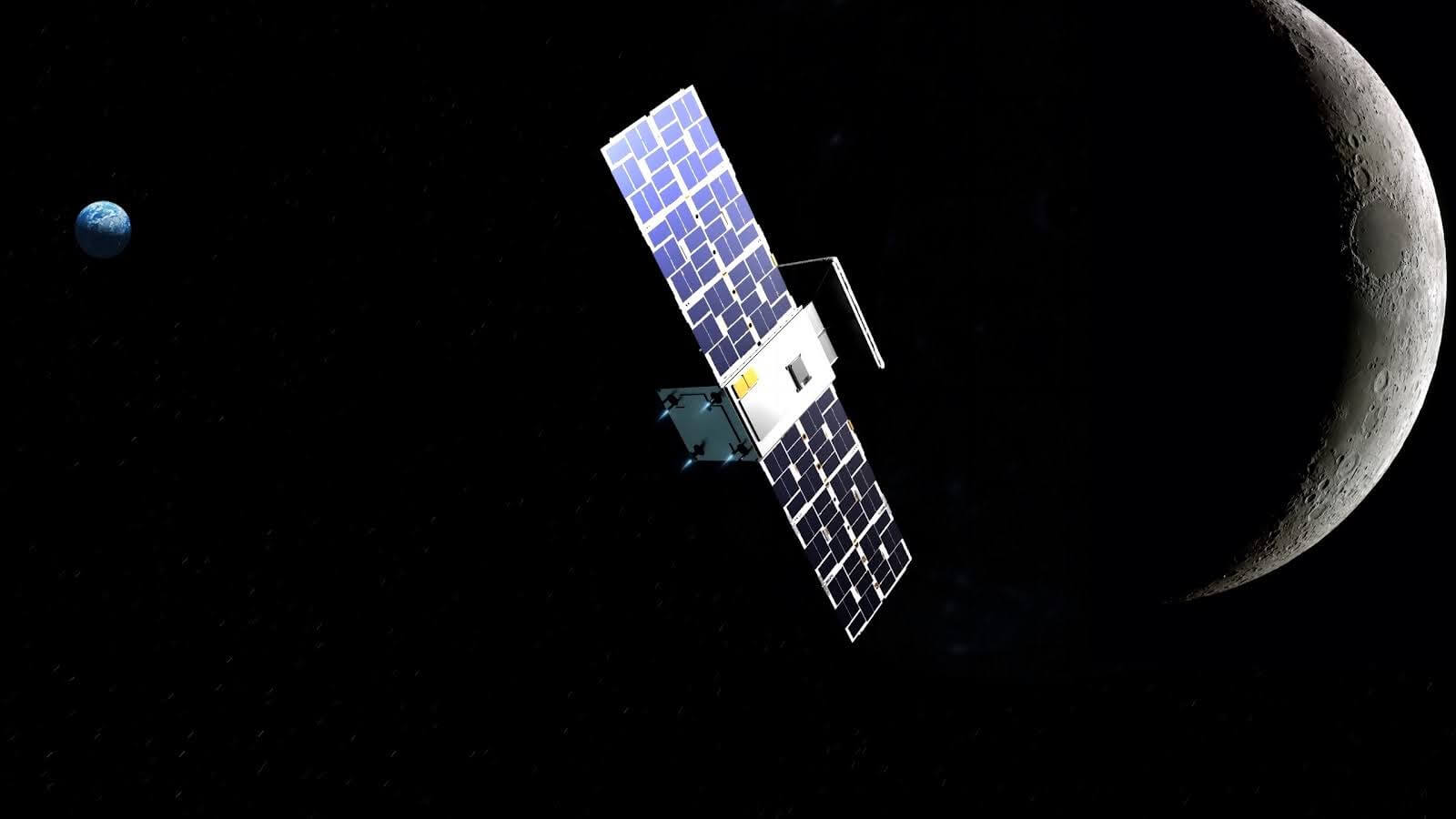Recommendations in eight focus areas will provide the nation, partners and allies with a strong path for continued leadership in the space domain.
Mountain View, CA (August 24, 2022)—The Defense Innovation Unit (DIU), the United States Space Force (USSF), and the Air Force Research Laboratory (AFRL) have jointly released the 2022 State of the Space Industrial Base Report. This is the fourth annual installment that assesses progress in retaining U.S. leadership in commercial, civil and national security space in an increasingly competitive strategic era.
The report represents the collective voice of approximately 350 industry experts who gathered between May 25 and June 3, 2022 to provide inputs and recommendations on how best to nurture and grow a healthy space industrial base and national security innovation base. The recommendations aim to provide insights and feedback to the Administration, the National Space Council, senior policymakers across the executive departments, Congress, and the venture capital and private investor communities, as well as the broader commercial space ecosystem.
“The advantage America enjoys today stems from our space industrial base. We must work together to ensure that it remains a strong, effective, and innovative partner in sustaining American space superiority. The 2020 Defense Space Strategy recognizes that commercial space activities have expanded significantly in both volume and diversity,” General J.W. Raymond, Chief of Space Operations, the United States Space Force.
The report describes the current strategic competition landscape in space, and the significant stakes involved. The report further outlines participant concerns, namely that, absent proactive measures, China seeks to surpass the U.S. as the dominant space power by 2045 if not earlier, an observation shared by the Atlantic Council this year.
The report highlights participant concerns that the agile engineering ecosystem, the hallmark of the modern space era, is at risk due to legacy policy and procurement practices within the U.S. bureaucracy that are more properly aligned with 1962 than the present. Congress established a commission to address this issue in the FY22 National Defense Authorization Act.
“The U.S. is making some improvement in accelerating the adoption of commercially-sourced solutions for both civil and national security space applications,” said Steve “Bucky” Butow, director of the space portfolio for DIU. “But more needs to be done to reduce the bureaucratic ‘roadblocks’ that stifle commercial innovation and slow the pace of technological advancement across the Department of Defense and with our key allies and partners.”
Participants agreed that countering China’s hegemonic ambitions requires innovation and policy reform that is aligned with national priorities of this century rather than the previous one.
The report summarizes the insights of the participants regarding how the U.S. can retain its leadership position in space by accelerating the adoption of commercially-sourced solutions for both civil and national security space applications, while reducing the bureaucratic roadblocks that stifle innovation and slow the pace of technological advancement.
“Industry feedback highlighted the need to accelerate to regain strategic leadership from China, as well as the specific actions that need to be taken,” said Colonel Eric J. Felt, Director, Architecture, Science & Technology, Office of the Assistant Secretary of the Air Force For Space Acquisition and Integration. “For the DOD, we need to harness the power of commercial innovation by buying more commercial services, more quickly, when they show value toward accelerating our resilient hybrid space architecture.”
The report provides detailed evaluations and recommendations in eight topic areas: 1) a ‘North Star’ vision for the economic development and human settlement of space; 2) launch services; 3) hybrid space communications; 4) in-space transportation and logistics; 5) next generation power and propulsion; 6) remote sensing and traffic management; 7) policy and finance; and 8) workforce and STEM education.
Top-level recommendations include establishing an enduring whole-of-nation vision for space; enabling priority processing of licenses and environmental clearances for national security critical systems; elevating the Office of Space Commerce; accelerating DoD processes to rapidly acquire commercial operational capabilities; catalyzing domestic supply chains to strengthen the space industrial base; and advancing next-gen capabilities of off-world resource extraction, manufacturing, and energy production.
The release was hosted through a webinar by the Atlantic Council. The SSIB meetings were hosted from May 31-June 1 and hosted by NewSpace New Mexico and Space Florida. To view the latest report as well as past reports, visit:
About the State of the Space Industrial Base Series
The State of the Space Industrial Base series of conferences and reports are sponsored jointly by the Defense Innovation Unit, United States Space Force, and Air Force Research Laboratory. The events have been hosted by NewSpace New Mexico.
State of Space Reports

NASA CAPSTONE approaches Near-Rectilinear Halo Orbit as the first commercial Lunar mission used to reduce risk for future spacecraft and operations (Credit: Terran Orbital Corporation)



